One of the defining factors when choosing where to live is how much money you’re going to spend on daily life. If you can’t sustain at least a basic lifestyle, then you are going to run into financial difficulty that you may not be able to get yourself out of. Using data which includes housing costs, healthcare and utility bills, the Missouri Economic Research and Information Center has compiled a list of the most expensive states in the US down to the least expensive. Here are the 4 most expensive, the 4 cheapest and an analysis of some of the costs in each state.
Hawaii
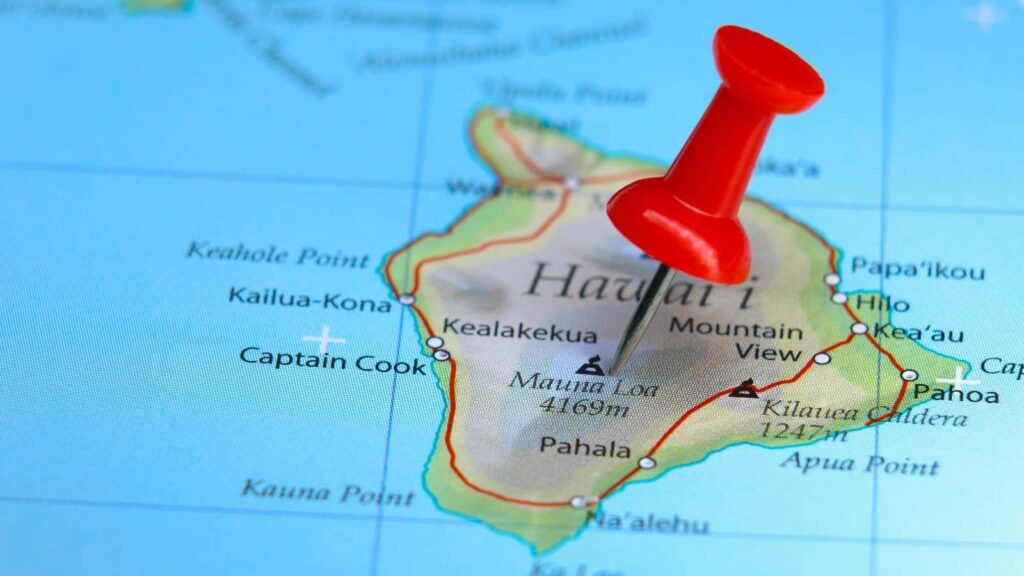
Hawaii comes out top on all metrics except groceries, where it is 2nd. The standout statistic is that the cost of housing is over 3 times higher than the national average. Getting sick will also cost you as it has the most expensive healthcare in the country. Living in Hawaii is almost twice as much as the national average.
Housing In Hawaii
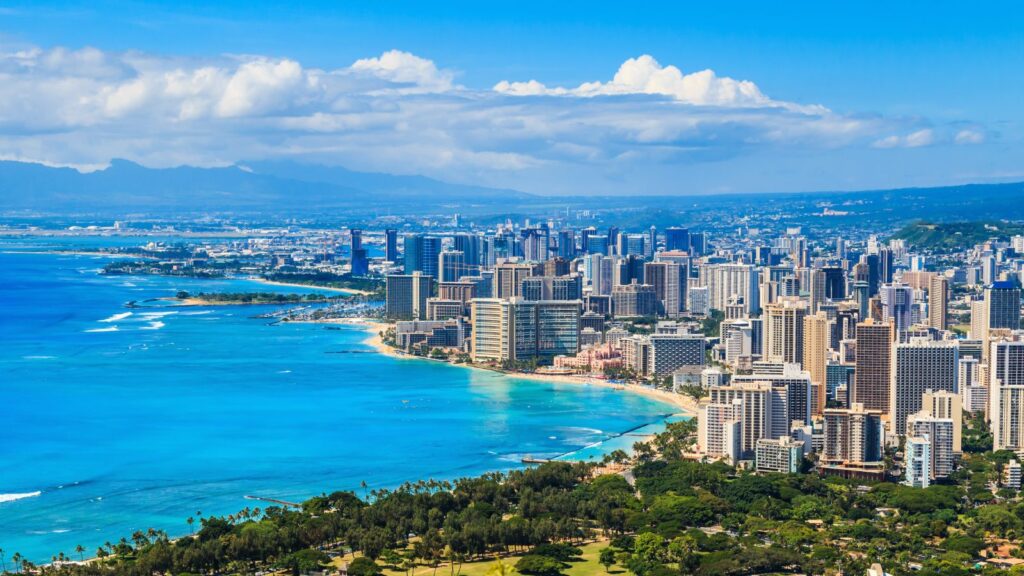
The allure of beaches and beautiful scenery are tempting but the cost of rent and house prices, not so much. As the state with the highest housing costs, you should probably think twice about moving here unless you are sure you can afford it. The average cost of renting a studio apartment is $2,800, an increase of 133% over the last year.
Utilities In Hawaii

Given the tropical climate, you’ll want to be running your AC as much as possible; once you’ve received your electricity bill you’ll probably just suffer the heat. Hawaii has the highest electricity bills in the US, however this is also due to geographical factors and not just global energy markets. The price of other utilities is generally very high and something which needs to be considered if you are thinking of moving there.
District of Columbia
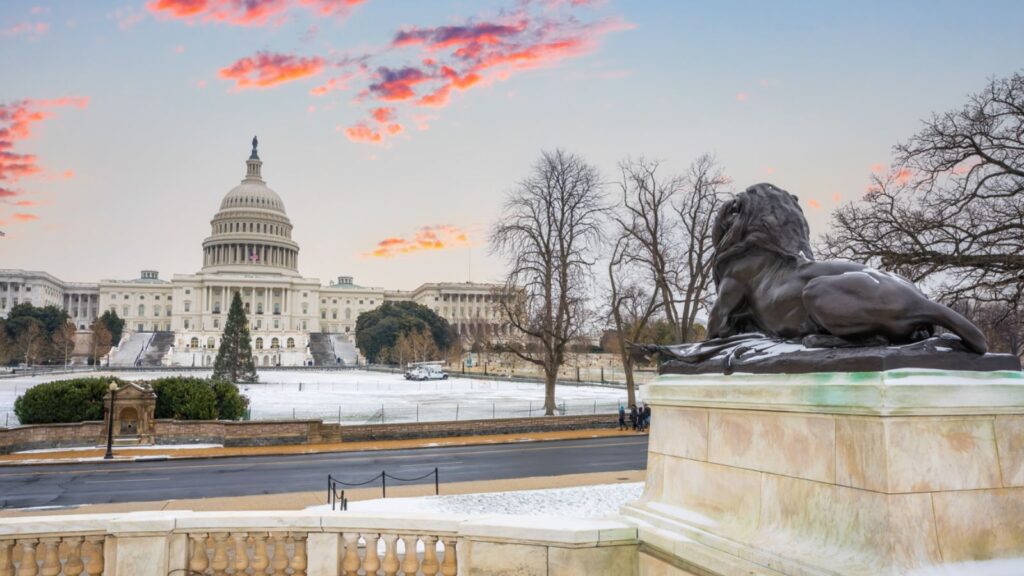
Not technically a state, but living in the nation’s capital will have you reaching deep into your pockets. Housing is well over twice the national average, and while groceries are closer to the average, every other metric places it as the second most expensive place to live. Interestingly, the District of Columbia is also 14th on the poverty index.
Housing in DC
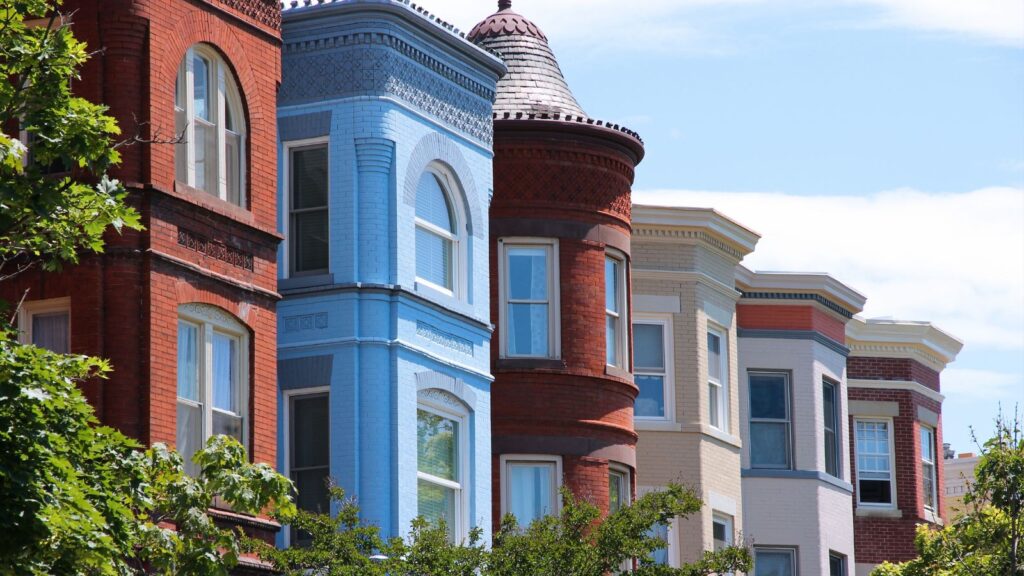
In a district which houses most federal government workers, there is competition for housing. Competition drives up prices and if you’re looking for somewhere to live, you’re going to have to pay for it. Demand for housing pushed up asking rents by 3.4% in the last quarter of 2022, and it is predicted that will keep rising.
Utilities in DC

Electricity and piped gas remains relatively expensive in Washington; keeping your gas and electric running will cost you. While it is closer to the national average compared to other states, the climate will be influential in how much gas and electricity you will be using. Cold winters and humid and hot summers do not allow for savings on utility bills.
Massachusetts
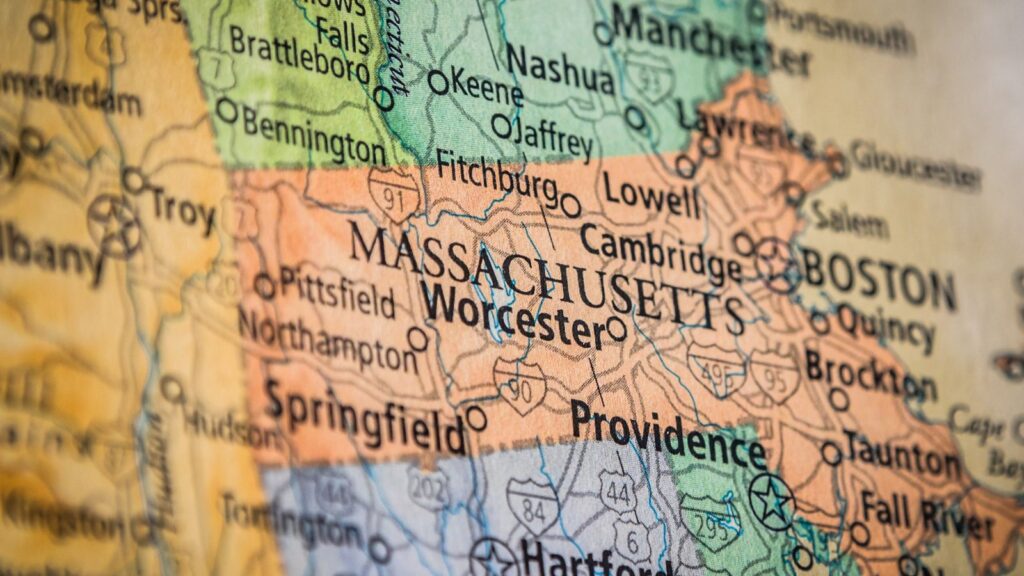
You may have dreamt of beautiful New England falls, but if you’re thinking about moving to Massachusetts you’ll need to think about money. While it does have a minimum wage of $15 an hour and groceries much closer to the national average, once again the cost of housing and utilities can be prohibitive.
Housing in Massachusetts
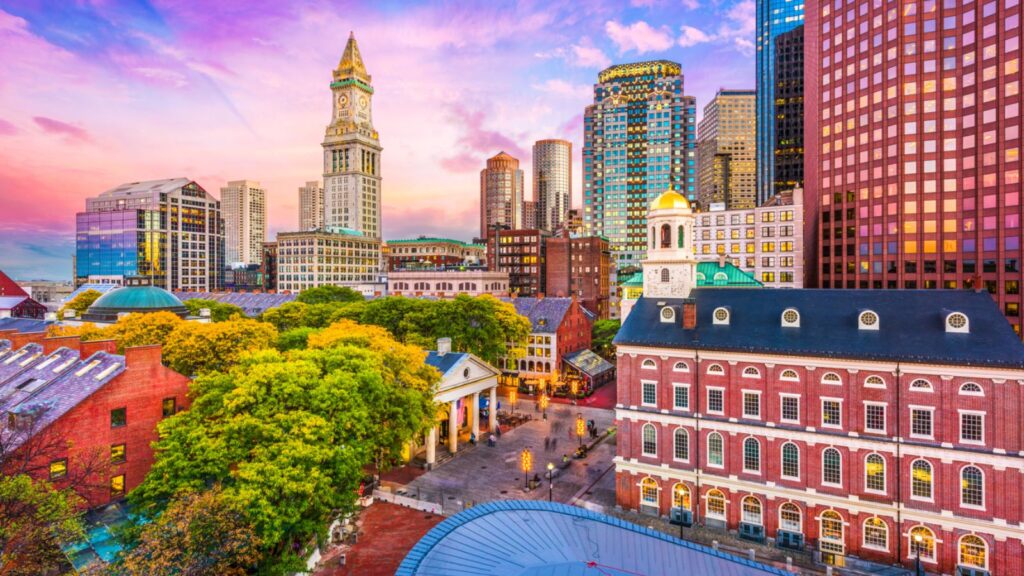
The rental prices in Boston have risen in every category, but the largest increase has been for 3 bedroom houses. If you have a family, then it might not be the place for you. The average cost of a 3 bedroom house is $4200, a huge 16.3% increase over the last year.
Utilities in Massachusetts

Only Connecticut and Hawaii pay higher utility bills than Massachusetts residents. The one mitigating factor is that Massachusetts has a relatively robust economy and residents have a mean income of $11,151.92.
California
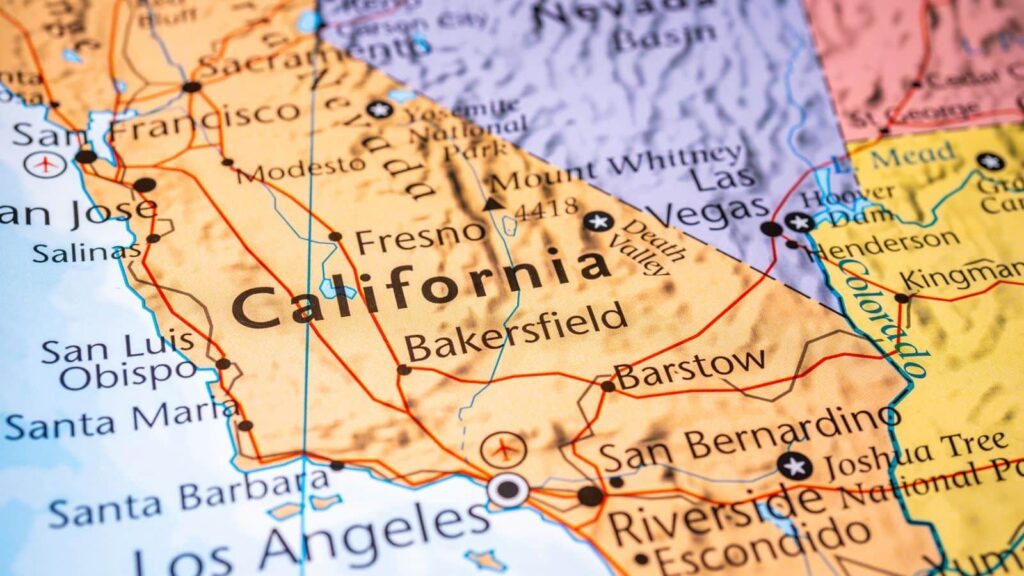
Clear skies and months of sun are appealing, but one of the less appealing aspects of life in California is that you’ll have to pay for it. As with every other state at the top of the cost of living league table, housing and utilities are way higher than the national average. California does have a minimum wage but that probably won’t be enough to offset the high cost of living.
Housing in California

You probably didn’t think it would be cheap to rent in California but with rent increases over the last year averaging out at 33.8%, there are no signs of the rental market cooling. Seasonality does play a role, and if you time it right you can get a better deal; bear in mind that a better deal is relative and you’ll still be paying twice the national average.
Utilities in California

Despite using less electricity than average, Californians still pay higher electricity bills. Solar panels are an option given the higher prevalence of sun, but there is still a high initial outlay to have them installed. You will also have to consider the size of your family as the larger the family, the higher your utility bills are going to be.
The 4 Cheapest States
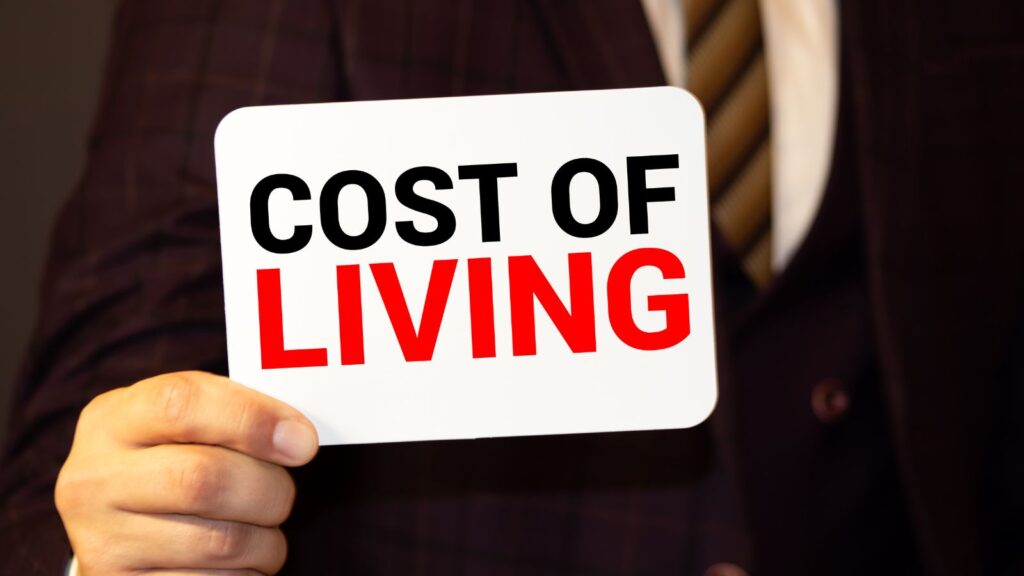
In contrast to the high cost of living of Hawaii, California, Massachusetts and the District of Columbia, the following four states have much lower costs of living than the national average.
Oklahoma
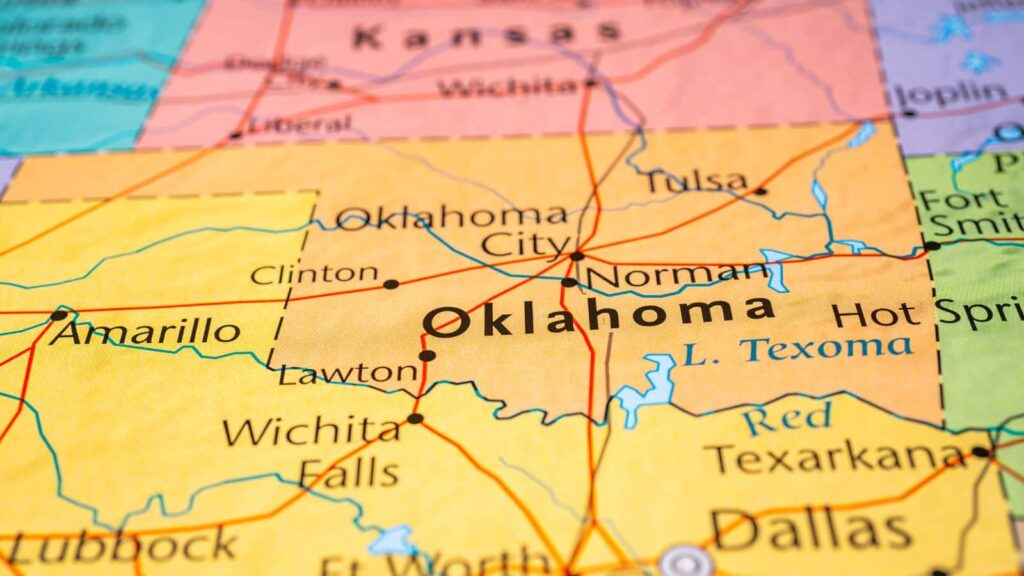
Oklahoma has the cheapest groceries in the entire United States despite a 17% increase since the pandemic. This is enticing for anyone looking to cut their monthly costs, especially those with families who have to do much larger shops. Housing and healthcare are the two areas where Oklahoma really comes out on top when it comes to affordability.
Housing in Oklahoma
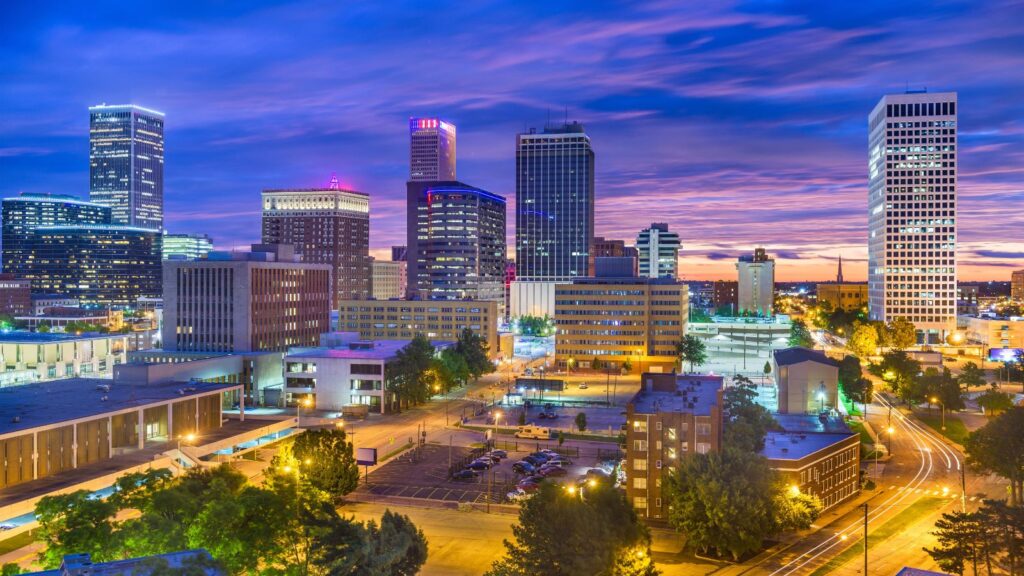
The average cost of rent in Oklahoma City is $960 in comparison to a nationwide average of $1702. This is significantly lower and as rent is usually the biggest outgoing each month, there is the potential to save money. While salaries are generally lower, management positions still reach an average of $107,000 meaning lower rental and property prices are very attractive.
Healthcare In Oklahoma

Healthcare is cheaper in Oklahoma, but this is offset by the accessibility of good healthcare facilities. Oklahoma ranks 46th in the number of registered nurses per capita in the country. Cheaper healthcare costs may seem attractive, but the quality and how easy it is to access those services has to be taken into account.
Mississippi
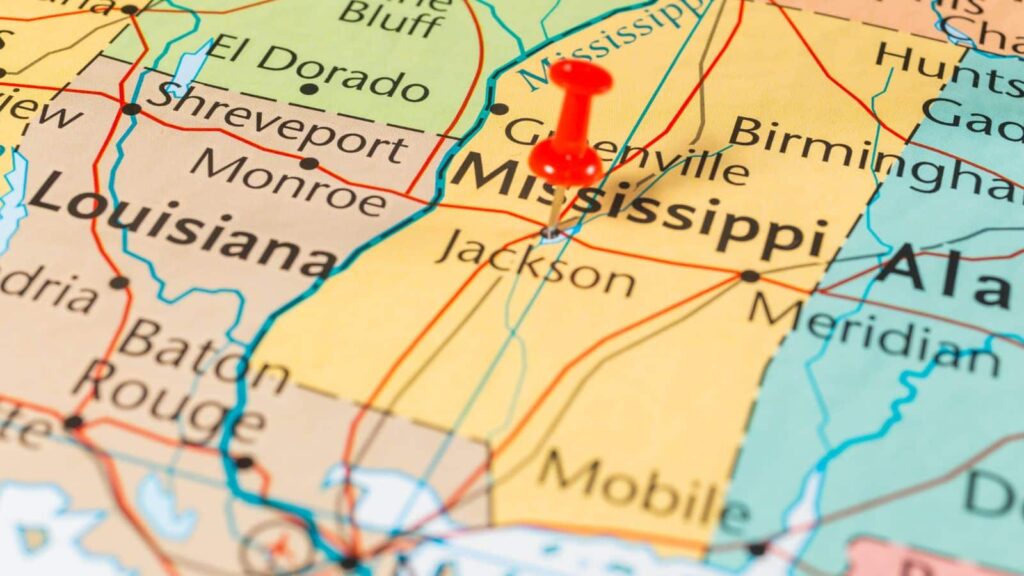
Mississippi has the fourth lowest housing costs in the United States and the lowest transportation costs. You would think this would make Mississippi an attractive place to live; unfortunately it also has the highest number of people living in poverty with a rate of 19.2%.
Housing in Mississippi
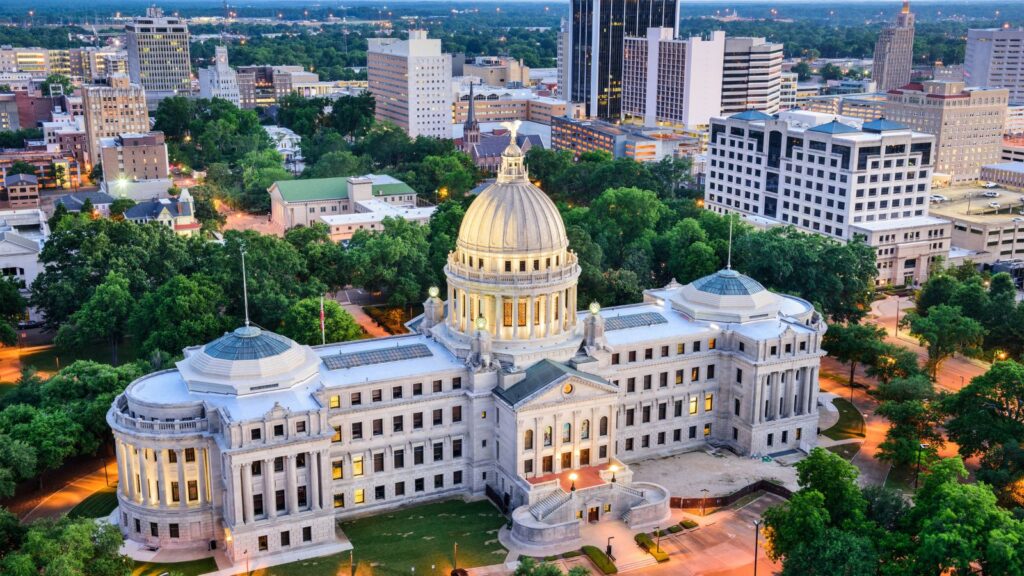
You will spend 30% less on housing in Mississippi than the rest of the country with the average house price around $162,000. Average rent will depend on where you want to rent, but even in the state capital of Jackson a two bedroom house can be rented for as low as $895. Average wages are lower and this is reflected in the price of property.
Utilities in Mississippi

Utilities are cheaper in Mississippi but as many of the houses are of older stock, they are not well insulated. This means that you can still have high energy bills, especially in the summer months when it becomes unbearably hot and your only option to cooldown is using the AC. Lower average wages also mean that a higher percentage of resident’s wages go on their utility bills.
Kansas
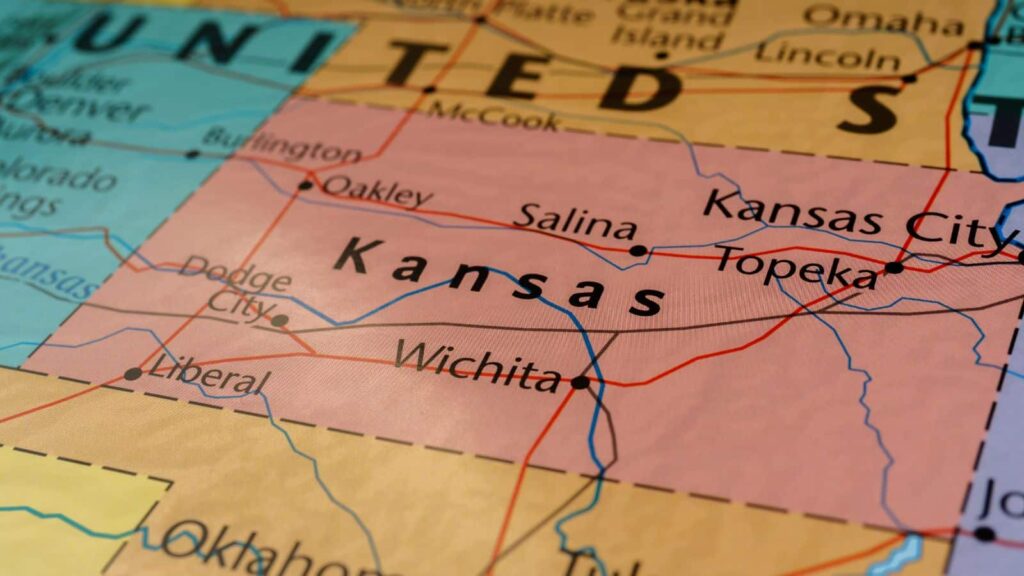
The cost of living in Kansas is 13% lower than the national average. Housing costs are one of the lowest in the country and by all other metrics except utilities it is below the national average. It also ranked third for growth in personal income last fall with an increase of 4.9%. However much of its economy is agriculture based, and outside of the major cities it would be difficult to find work unrelated to this field.
Kansas Housing
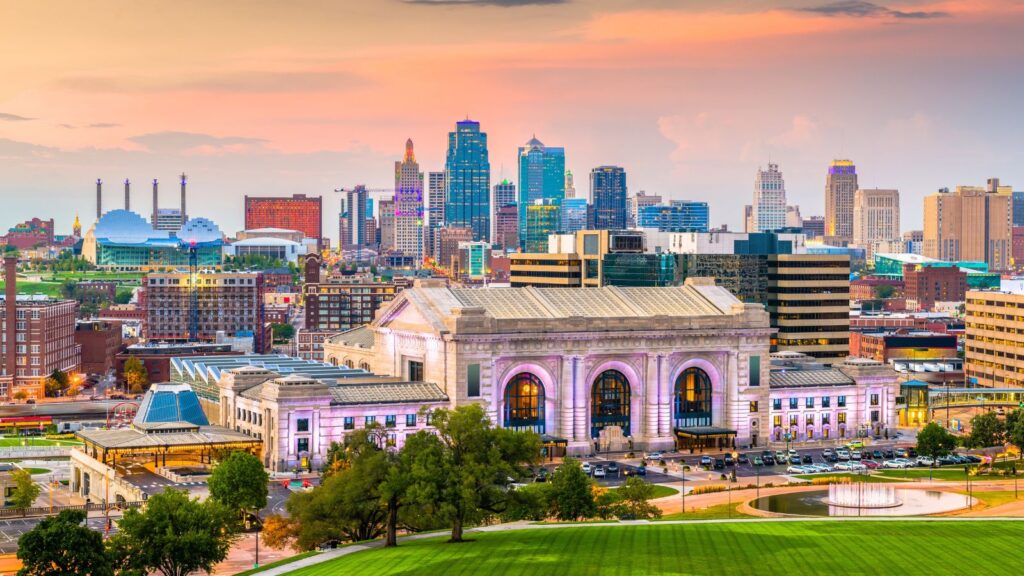
The median rent in Kansas is $1,200, but there is a lack of new developments which will eventually put pressure on the housing market. Extremely low cost housing can be found in the state but they are in isolated locations; with a family it would be neither desirable nor practical to relocate to these locations.
Kansas Transportation

Kansas has one of the lowest costs for transportation in the entire country, but this is also dependent on where you live. As much of the state is remote and rural it may be required to travel long distances which means the price of gas must be factored in.
West Virginia
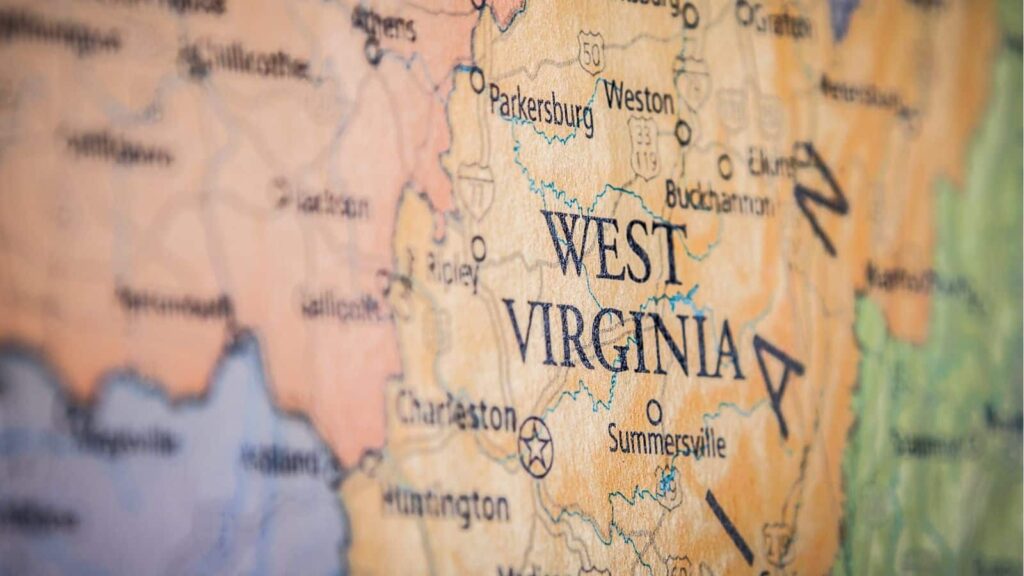
West Virginia is the state with the lowest cost of housing, but before you think about getting your check book out this is because of housing stock in towns where industry has died off. Health care costs are low but West Virginia has the 3rd highest poverty rate in the country, and accessibility to good healthcare is not always possible .
West Virginia Housing
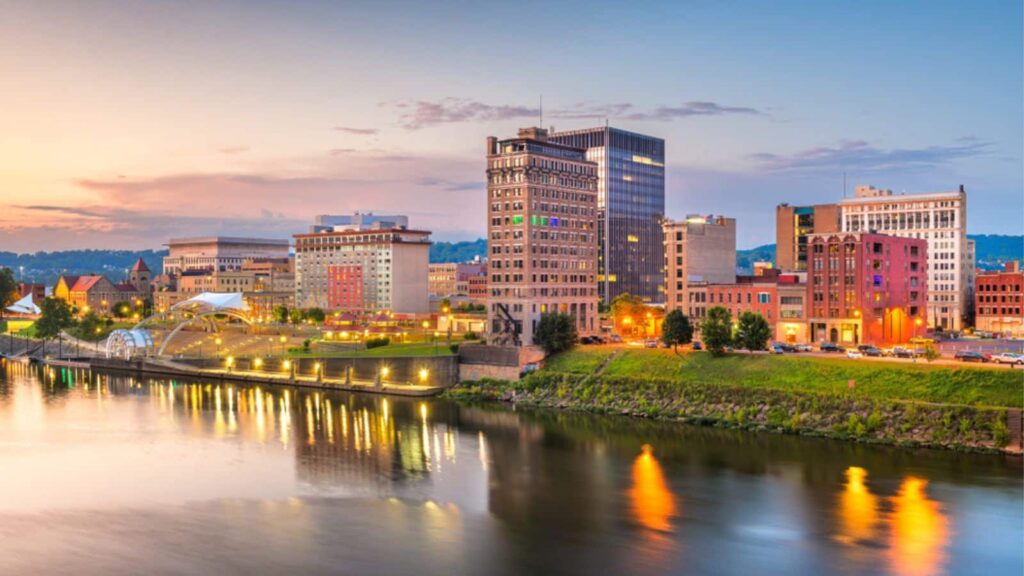
According to the world population review, the median rent is only $732. Houses are cheap but you may also have to live in a town which relied on certain industries and that industry is now dead. Coal mining towns where mines were shut down are a good example of this.
West Virginia Healthcare

Healthcare may well be cheaper in West Virginia but accessibility and quality of care is regularly ranked as one of the worst in the country. There are some unique challenges in the state, with remote communities in mountainous areas not wanting or trusting healthcare services. This is partially a reason for large numbers of uninsured people. On the surface lower costs are attractive but it would be wise to consider quality, especially if living in more rural areas of the state.
30 Traditional Sayings That Are Now Considered Offensive by Woke Culture

30 Traditional Sayings That Are Now Considered Offensive by Woke Culture
21 Habits Often Associated With Having a Lower Social Status

21 Habits Often Associated With Having a Lower Social Status
25 Social Issues Gen Z are Determined to Cancel

